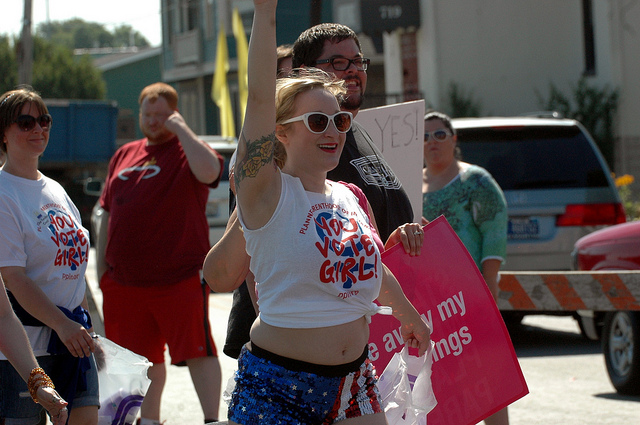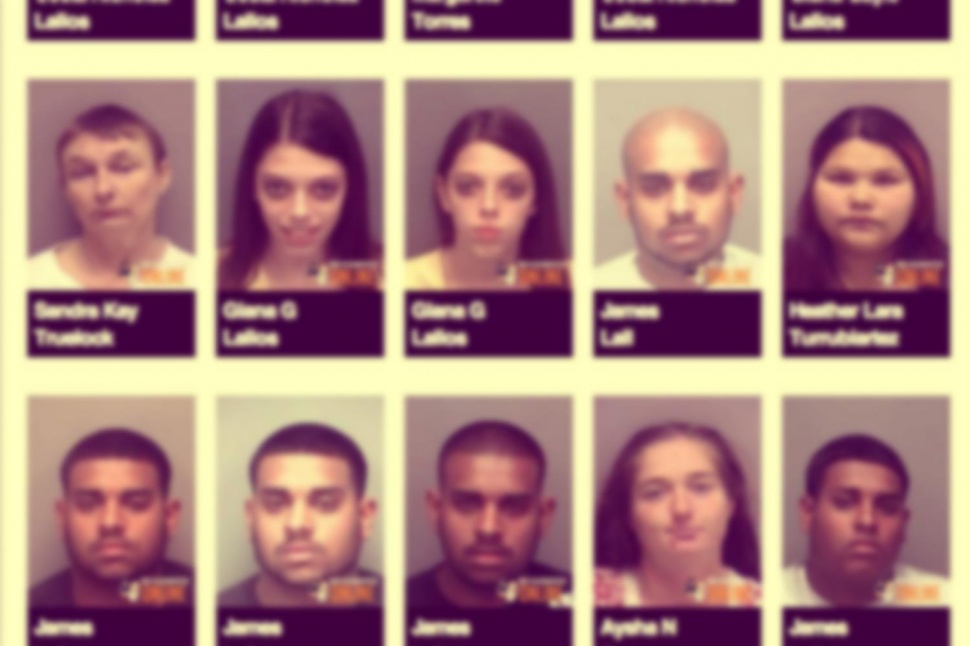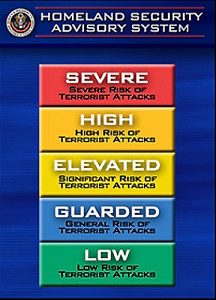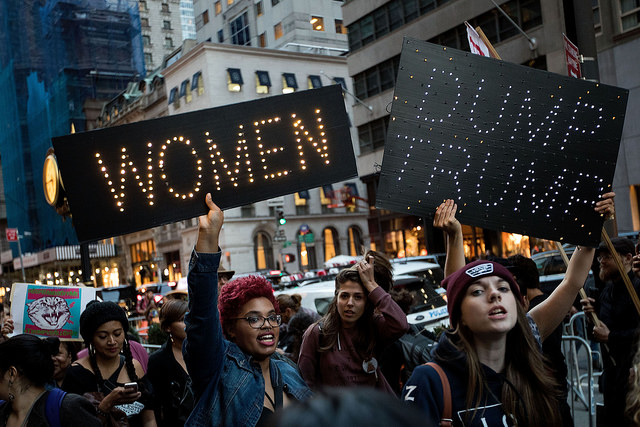
New York City Mayor Bill de Blasio recently suggested that panhandlers are scamming well-meaning passersby. In a recent article from The Conversation, Columbia economist Brendan O’Flaherty and CUNY sociologist Gwendolyn Dordick describe their research on panhandling in downtown Manhattan. In doing so, they provide important context to the Mayor’s concerns and propose an unconventional solution.
O’Flaherty and Dordick’s findings suggest that there is not a huge spike in panhandling following increases in pedestrian traffic during different times of the day, indicating that the people panhandling are not targeting the busiest times with the highest potential for cash. This would indicate that notions of people dressing up in costumes to go scam innocent pedestrians out of their money is overstated. In other words, the research suggests that people panhandling actually need the money. The researchers explain,
“We also counted the number of people who panhandle at a time in downtown Manhattan. Teaming up with some of our students, we found an average of eight to ten panhandlers actively asking for donations at any given time during peak summer hours. Despite de Blasio’s concerns, that’s not a lot, considering that this small area generates as much economic activity as the state of Wyoming and includes some of the world’s richest pedestrians.”
Of course, de Blasio is far from the first person to suggest that people looking for alms on the street are up to something sinister or are going to great lengths to deceive others and make a quick buck. In response, O’Flaherty and Dordick offer an intriguing new approach: credentials for panhandlers. In order to receive these credentials, which would be easily displayed by the panhandlers and verifiable by pedestrians, someone would have to work with non-profits or other groups to prove that they need them.
“These worn items would include ID numbers that potential donors could verify, and a system could be established to report counterfeits. These ID numbers might also make way for cashless panhandling, as Sweden now allows, and they might also assist in reporting and discouraging ‘aggressive panhandling.'”
Such a policy would likely cause a stir from both sides of the aisle, as it would simultaneously expand bureaucracy while policing the poor. Nevertheless, it does raise the question of what it means to live in a society where we often donate to charities, churches, or political organizations but are quick to accuse panhandlers of just pretending to be poor.









